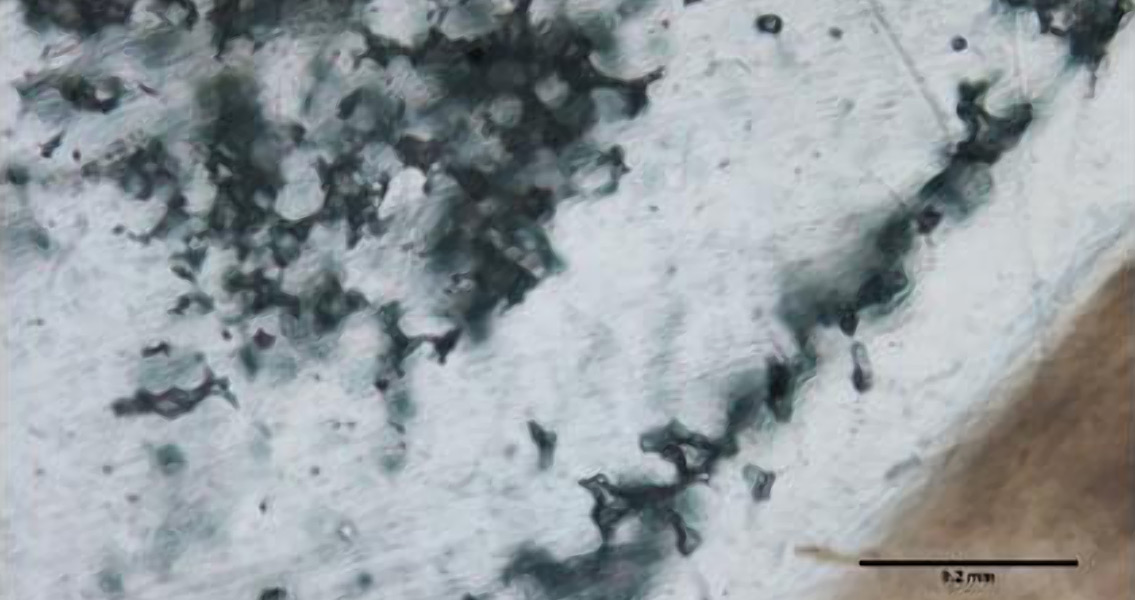<![CDATA[A new research paper has revealed an innovative new way to understand the lives of individuals that have been dead for hundreds of years: vitamin D levels found in the teeth of the deceased. A team of anthropologists from McMaster University in Ontario, Canada, have discovered that examining teeth on a microscopic level can reveal much about the type of challenges a particular individual encountered in their lifetime. Under the enamel of the tooth, in the dentin, a record of vitamin D deficiencies can be found, these dentin layers accumulate permanent microscopic abnormalities – and like the rings of a tree, these layers can be read. In a press release from the university, anthropology PhD candidate Lori D’Ortenzio remarked that these dentin layers store what happens as teeth grow. The study author said that while it’s commonly known that vitamin D plays an important role in human health and development, it wasn’t until the research methods she and her colleagues developed that a way to measure what happened to individuals – and when it happened to them – existed. The significance of the discovery is high, as it can provide key data regarding rickets, otherwise known as vitamin D deficiency. Rickets is a major public health issue to this day, with approximately 1 billion people affected around the globe. The most common cause of this deficiency is not enough sun exposure; the effects of rickets include the inability to maintain or achieve healthy bone levels and deformities in the bones themselves. McMaster anthropology professor Megan Brickley, the Canada Research Chair in Bioarchaeology of Human Disease, said that understanding how deficiency levels changed in the past can hold the key to evaluating our current problems, and help pave a way forward. In fact, before this new method was developed, researchers attempting to understand how vitamin D deficiencies played out historically had to rely on bones, which posed problems; bone material is remodeled constantly during life, and bones themselves break down and interact with soil after death. However, dentin does not undergo any remodeling during life. Moreover, dental enamel keeps dentin intact well after death, as it is considerably harder than bone. This makes teeth a valuable and accurate way to gather archaeological data – a fact that led fellow research study author and McMaster lab coordinator Bonnie Kahlon to characterize teeth as “fossils in your mouth.” The research study took teeth sourced from modern-day individuals and compared them to those recovered from the remains of individuals interred in France and rural Quebec during the eighteenth and nineteenth centuries. The results of this analysis revealed that one young man who had died at the age of 24 in Quebec had been wracked with rickets four times before the age of thirteen. Using techniques developed at the Canadian Centre for Electron Microscopy on the McMaster Campus, researchers found that those that suffered from rickets had anomalies recorded in their dentin layers during the years where they were unable to get the requisite amount of vitamin D to stave off the effects of the deficiency. In these cases the dentin showed signs of incomplete mineralization. The research study, recently published in The Journal of Archaeological Science, can be viewed online here Image Reused from Journal of Archeological Science, 2016, with permission from Elsevier]]>
Vitamin D Levels in Teeth Reveal Much, Researchers Find
